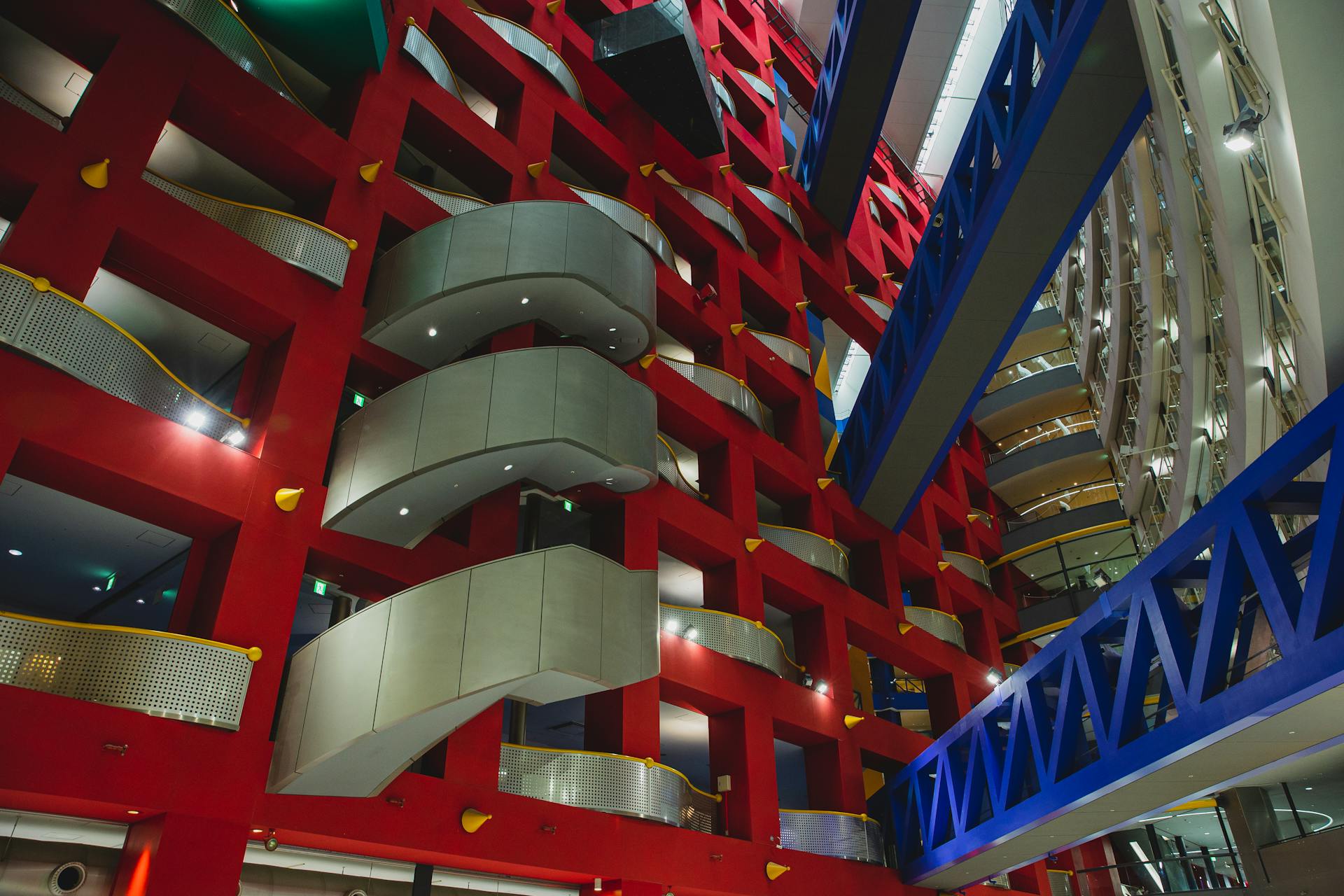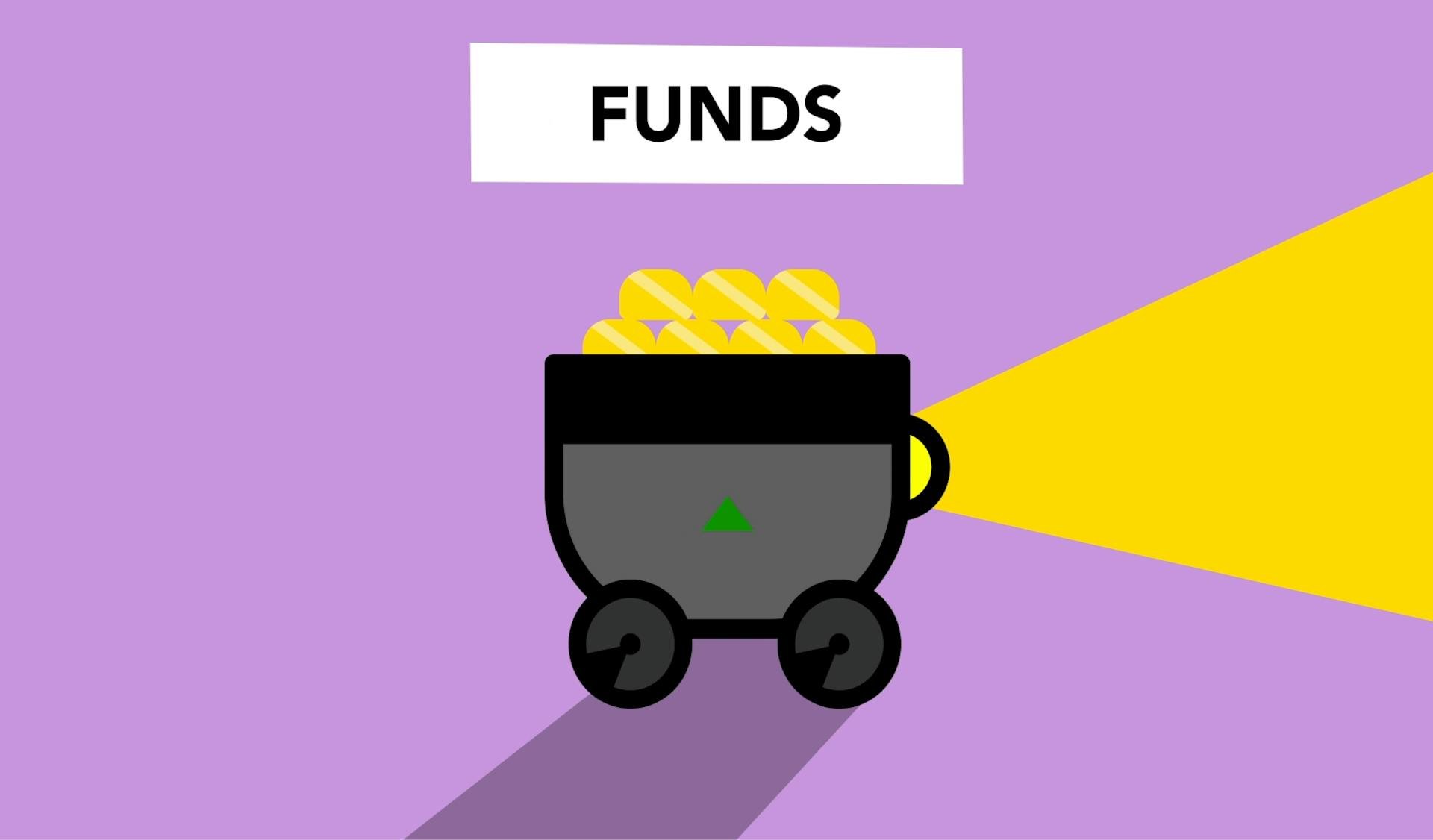
Commercial mortgage backed securities loans, or CMBS loans, are a type of financing that allows investors to pool their money together to fund commercial mortgages.
These loans are typically used for large commercial properties such as office buildings, apartments, and shopping centers.
The borrower, usually a commercial property owner or developer, receives a loan from a lender, which is then packaged into a security and sold to investors.
This allows the lender to free up capital to make more loans, and the investors to diversify their portfolios and earn a return on their investment.
What Are Commercial Mortgage-Backed Securities?
Commercial Mortgage-Backed Securities (CMBS) are fixed-income investment products backed by mortgages on commercial properties.
They can provide liquidity to real estate investors and commercial lenders alike, making it easier to access capital for property acquisition.
CMBS typically involve a portfolio of first mortgages on a diverse range of commercial properties, such as office buildings, retail centers, apartments, hotels, and warehouses.
On average, borrowers contribute 40-50% of the property's value from their own funds, with the balance covered by the mortgage.
A typical CMBS mortgage has a 10-year loan term, a fixed interest rate, and a substantial balloon payment due at loan maturity.
CMBS offer less of a pre-payment risk than residential mortgage-backed securities (RMBS), as the term on commercial mortgages is generally fixed.
Investors in CMBS must have expertise in both real estate and fixed income, as the performance of the underlying properties drives the credit performance of the bond.
Understanding the risk profile of each CMBS loan, based on location, property quality, borrower dynamics, and loan structure, is critical for investors.
CMBS are a hybrid of real estate and fixed income, making them a unique investment opportunity.
Explore further: Vanguard Bond Funds Performance
Key Concepts
Commercial mortgage-backed securities (CMBS) loans are a type of investment that can be a bit complex, but understanding the basics can help you navigate the process.
CMBS loans are secured by mortgages on commercial properties, not residential real estate, making them a distinct investment opportunity.
The loans that back CMBS are contained within trusts, and the underlying assets act as collateral in the event of default.
Here are the key tranches that make up a CMBS structure:
- Senior tranche: First in line for repayment, with a lower risk profile and lower interest rates.
- Mezzanine tranche: Has more risk than senior tranches, but pays higher yields, and is repaid after senior tranches in the event of default.
- Equity tranche: The riskiest part of a CMBS, but also offers the highest potential gains.
The lowest tranche in a CMBS structure is the riskiest part of the portfolio, and it's the first to absorb losses in the event of default.
Benefits and Drawbacks
The benefits of commercial mortgage-backed securities (CMBS) loans are numerous. Investors can expect a reliable cash flow based on a fixed interest rate, which helps ensure a steady income stream.
One of the main advantages of CMBS loans is that they offer fixed interest rates, which are often lower than what's available through conventional mortgages. These rates are typically based on the current U.S. Treasury rate with a margin added on.
CMBS loans also offer flexibility in terms of loan size, allowing for a wide range of amounts. This is in contrast to commercial mortgages offered through major agencies, which have stricter loan limits.
On the other hand, there are some drawbacks to consider. CMBS loans can be affected by tax laws, which restrict what variables borrowers can negotiate in the loan terms.
Prepayment penalties are another consideration when it comes to CMBS loans. These penalties can be more substantial than those of conventional mortgages, especially if Treasury bonds decline in value.
Here are some of the key benefits and drawbacks of CMBS loans:
How They Work
Commercial Mortgage-Backed Securities (CMBS) loans are a type of financing that allows borrowers to access funds for commercial real estate properties without affecting their liquidity position.
CMBS loans are fixed-rate bonds collateralized by a portfolio of commercial mortgages across a range of commercial properties, such as office buildings, shopping centers, and industrial facilities.
The loans are typically contained within a trust, with different terms, property types, and amounts. This trust is often referred to as a Real Estate Mortgage Investment Conduit (REMIC) trust.
Suggestion: Southern Trust Mortgage Rates
A CMBS loan is secured by income-generating properties, most often commercial office buildings, shopping centers, industrial facilities, or hospitality properties, such as hotels or resorts.
The income generated by the underlying commercial properties is used to service the periodic interest expense obligations.
A mortgage loan is typically a non-recourse debt, meaning the lender may not seize any assets of the borrower beyond the collateral in case of default.
CMBS loans are classified as asset-backed securities (ABS), since the financing is secured by a pool of commercial loans that serve as the pledged collateral.
The securitization and issuance of CMBS loans are designed to construct separate bonds based on the respective risk profile of each instrument.
Here's a breakdown of the key players involved in the CMBS market:
- Investors
- Primary servicer
- Master servicer
- Special servicer
- Directing certificate holder
- Trustees
- Rating agencies
Each of these players performs a specific role to ensure that CMBS performs properly.
The CMBS market accounts for approximately 2% of the total U.S. fixed-income market.
CMBS loans are a popular product, because they allow lenders to offer borrowers a loan that does not affect their liquidity position once sold to an investor.
For your interest: How to Market to Realtors as a Loan Officer
Structure and Features
Commercial mortgage backed securities (CMBS) loans have a unique structure that sets them apart from other types of loans. Typically, CMBS loans come with five, seven, or ten year term lengths, but are amortized over a 25-30 year duration.
This discrepancy between the loan term and amortization schedule means that a balloon payment is required at the end of the term, or the outstanding balance can be refinanced.
CMBS loans have a minimum loan amount of $2 million, although the maximum is determined by the underwriting parameters.
The interest rates on CMBS loans are fixed, generally ranging from 4-5%, although they can go as low as 3% in certain market conditions. The rates are based on the swap rate plus a spread, or the lender's profit.
CMBS loans are non-recourse, meaning the borrower has no personal liability and the lender cannot seek further compensation beyond the collateral. However, the lender can pursue legal action if the borrower intentionally damages the property.
Here are some key features of CMBS loans:
- Fixed interest rates, typically ranging from 4-5%
- Term lengths of 5, 7, or 10 years
- Amortized over 25-30 years
- Balloon payment or refinancing required at end of term
- Minimum loan amount of $2 million
- Non-recourse, with no personal liability for the borrower
Risk and Return
As a CMBS investor, it's essential to understand the risks involved. The main risk is the possibility of a default in the underlying loans.
These non-recourse loans mean the borrower can't be held personally responsible if the loan defaults, which can be a significant advantage for investors. However, it also means the investor may not be able to recover the full amount of the loan if the property is sold at a lower price.
The risk of default is a major concern for CMBS investors, and it's something you should carefully consider before investing.
Explore further: High Risk Mortgage Loans
Financing and Origination
The CMBS loan origination process is a crucial step in securing financing for commercial real estate investments. A full-service investment bank with a commercial lending function and capital market divisions typically serves as the conduit lender.
The commercial properties themselves take center stage in the underwriting stage of the origination process, rather than the borrower. This focus on the property's value and potential is a key factor in determining the loan's feasibility.
Readers also liked: Amortizing Loan Origination Fees
The origination process involves several key steps, including CMBS loan application, pre-approval underwriting, post-approval underwriting, origination (marketing), loan issuance (distribution), and post-issuance borrowing term. To give you a better idea, here's a breakdown of these steps:
If you're ready to get financing for your commercial real estate investment, start with a no-obligation personalized quote showing you the top available lenders and their rates.
Origination Process
The origination process of commercial mortgage-backed securities (CMBS) loans is a crucial step in securing funding for commercial real estate investments. It's conducted by a financial institution, termed the "conduit lender", such as a full-service investment bank.
The centerpiece of the origination process is the commercial properties, rather than the borrower. The process involves several steps, including CMBS loan application, pre-approval underwriting, post-approval underwriting, origination (marketing), loan issuance (distribution), and post-issuance borrowing term.
Here's a breakdown of the CMBS loan origination process:
The conduit lender plays a crucial role in the CMBS loan origination process, as they are responsible for underwriting and marketing the loan to potential investors.
Non Recourse
CMBS loans are non-recourse loans, which means borrowers aren't personally liable for repayment of the loan.
Only cash flows from the financed property and its value can be seized in the event of default or foreclosure.
However, there are some exceptions to this rule. Borrowers may be personally liable if they commit loan fraud or take collusive action that results in bankruptcy.
Here's an interesting read: Borrowers Taking a Balloon Payment Mortgage Most Likely
Amortization and Term
A typical amortization schedule for commercial mortgage backed securities loans ranges from 25 to 30 years.
Term lengths can vary greatly depending on factors such as cash flow analysis and credit risk profiles.
In most cases, term lengths end with a balloon payment at maturity, which is usually paid by refinancing the existing loan or selling the property.
A unique perspective: Amortising Term Loan
Amortization and Term
Amortization schedules typically range from 25 to 30 years. This is a standard timeframe that lenders use to determine how long it'll take to pay off a loan.
A loan's term length is determined by various factors, including cash flow analysis and the lender's discretion. This means that each loan is unique and has its own repayment schedule.
Term lengths often end with a balloon payment at maturity. This is a large payment that must be made to pay off the remaining balance of the loan.
A balloon payment can be paid in one of two ways: by refinancing the existing loan or by using the proceeds from selling the property.
Yield Maintenance
Yield maintenance is a win-win for both parties involved. The borrower repays the CMBS loan principal and interest in a single lump sum, which is a huge relief.
This lump sum repayment is actually beneficial for the bondholder as well, as they'll receive the same yield as if the borrower had made all the scheduled loan payments over time.
In other words, it's a fair deal for everyone involved.
For more insights, see: Mortgage Yield
RMBS vs
RMBS loans are structured as fully amortized loans, meaning the principal is paid off in full at maturity. This is in contrast to CMBS loans, which are often partially amortized.
The interest paid on RMBS loans declines in tandem with the reduced principal over the borrowing term. This is because residential loans are typically paid over longer maturities, such as 15 to 30 years.
A key difference between RMBS and CMBS is the type of property securing the loan. RMBS loans are secured by residential mortgages, or homes. This can make the residential market more sensitive to fluctuations in economic conditions.
Here's a brief comparison of RMBS and CMBS:
Frequently Asked Questions
Who is the lender on a CMBS loan?
The lender on a CMBS loan is the conduit lender, which acts as a middleman between the loan originator and the investors who ultimately purchase the loan. This conduit lender plays a crucial role in facilitating the CMBS loan process.
How do CMBS shops make a profit on loans?
CMBS lenders make a profit on loans by charging prepayment penalties, which ensure they receive the same return as if the loan was repaid on schedule. These penalties, such as yield maintenance and defeasance, protect the lender's investment and guarantee a fair profit.
Featured Images: pexels.com


